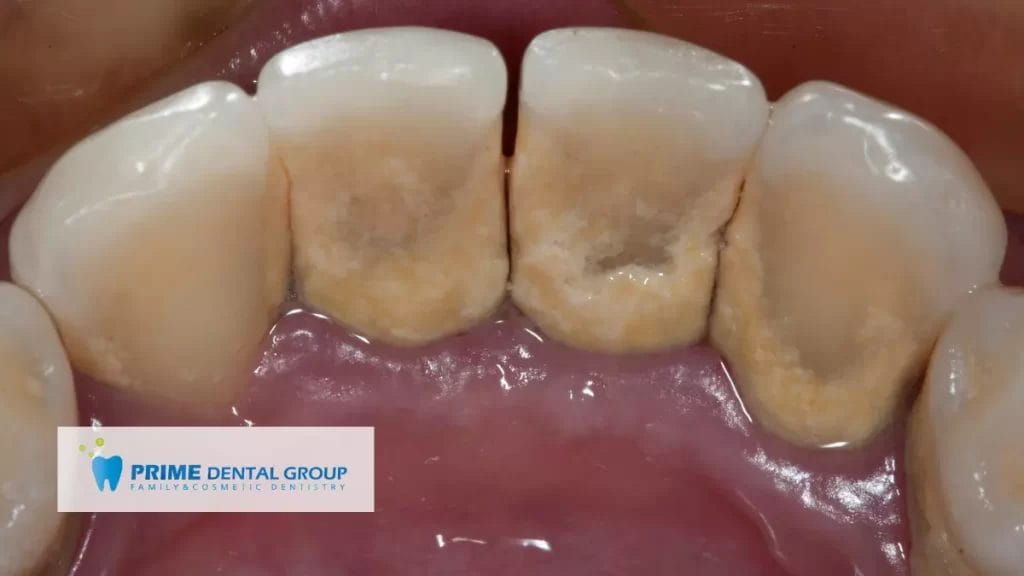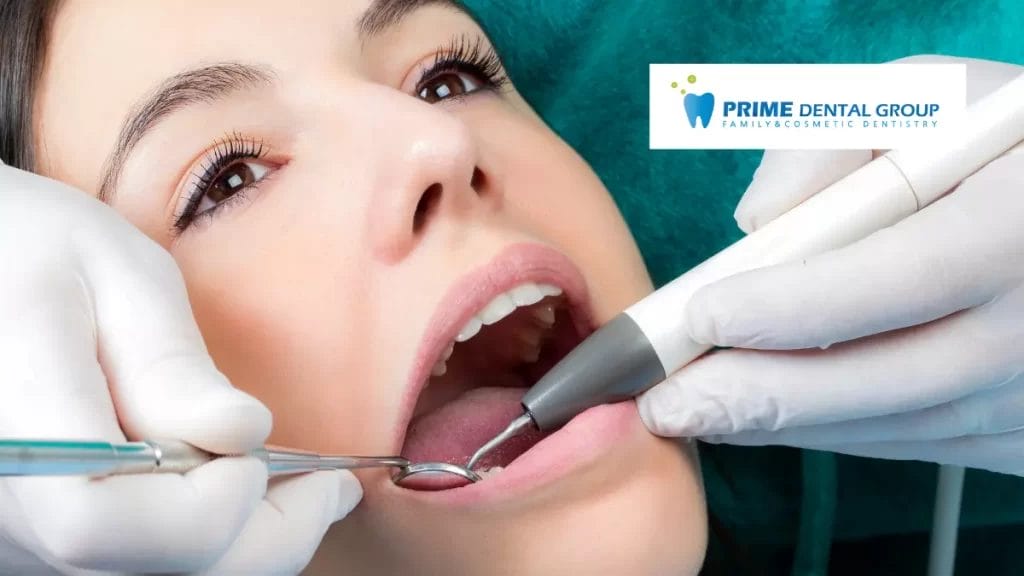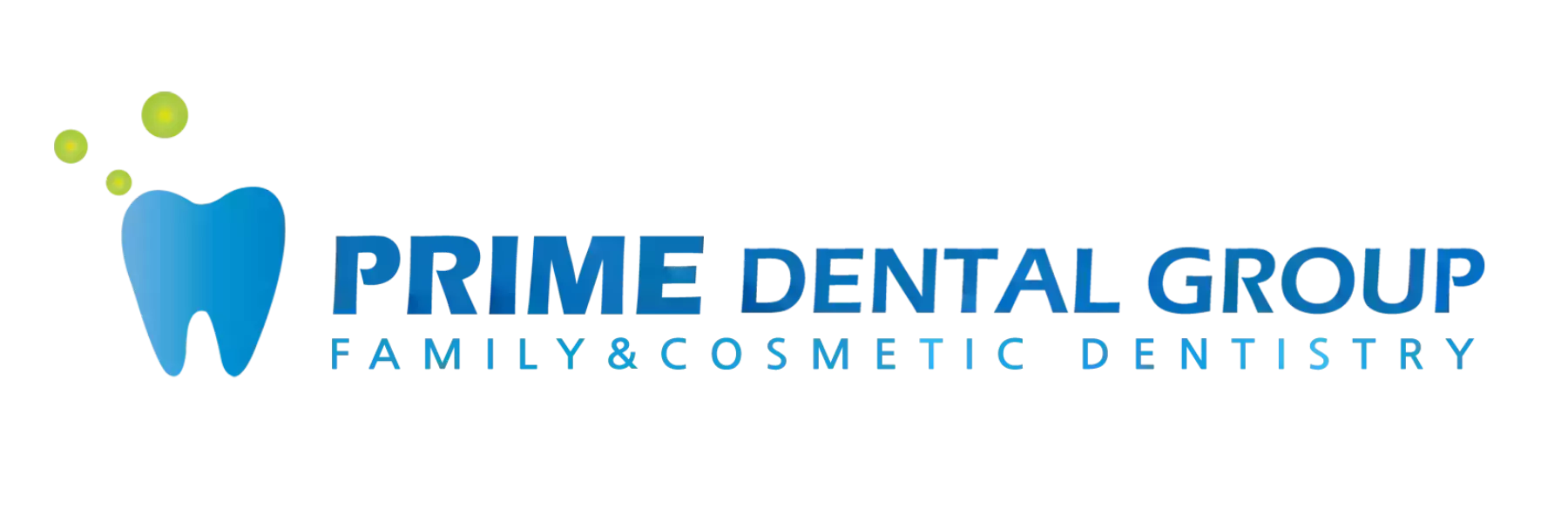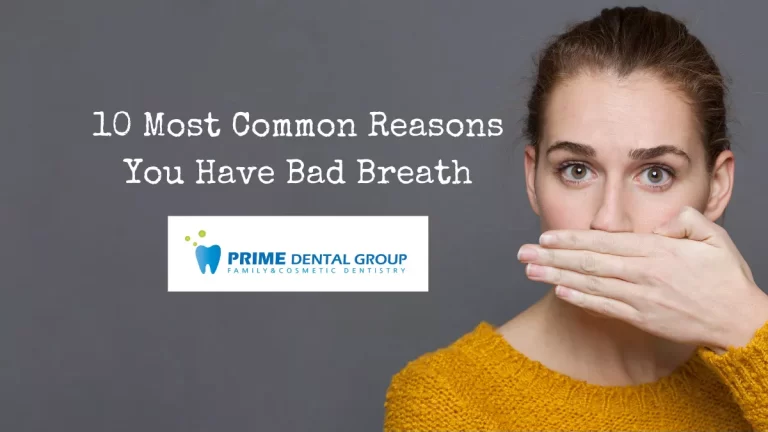10 Risk Factors of Gingivitis: Complete Guide
Have you ever heard of “Gingivitis”? “Gingiva” means gums, and suffix “~itis” means inflammation in medical terms. Therefore, “Gingivitis” simply implies that gums are inflamed.
What is Gingivitis?
Gingivitis, inflamed gum, is a prevalent and mild form of gum disease that causes red, swollen gums and bleeding. It is a prevalent gum disease that can be reversed if you start your treatment in time. As most of the time, Gingivitis is painless. You don’t even know that your gums are inflamed until you see blood in your food or brush.
However, if you don’t treat this gum disease for a long time, it can lead to more serious dental issues such as receding gums and tooth loss. That’s why you should understand the symptoms of Gingivitis and start your gingivitis treatment as soon as possible.
What is the Main Cause of Gingivitis?
Gingivitis is the result of gum inflammation. This happens when you have poor oral hygiene and plaque builds up on your teeth. This can cause irritation to your gums.

1) Plaque formation
Plaque is a sticky film of bacteria that forms on teeth. Also, plaque contains bacteria that feed on carbohydrates. It forms on your gums and teeth if you don’t brush your gums or floss properly.
When you eat or drink something with sugar, it can cause bacteria to grow in your mouth. This can lead to gum disease if the teeth are not cleaned after eating. Therefore, you need to remove plaque every day because it will form back quickly.
2) Plaque transformation to Tartar
If plaque builds up on these surfaces for long enough, it hardens under the gumline. This is called Tartar, which collects bacteria. Suppose plaque and Tartar don’t get cleaned off. In that case, they can produce toxins that irritate the gums around your teeth and cause inflammation that leads to Gingivitis.
The Tartar on your teeth makes it hard to remove the plaque. The Tartar also protects bacteria. This is why it can cause pain in your mouth along the gumline. Since it is not removed from regular brushing, you’ll need professional dental cleaning to get rid of Tartar.
3) Gingival Inflammation (Gingivitis)
When plaque and tartar build-up on your teeth, your gums become irritated. The gum tissue becomes red, swollen, and sore. Sometimes it bleeds. As a matter of fact, Gingivitis is the number one risk factor of bleeding gums in adults.
In severe cases of Gingivitis, they can also bleed easily when you brush or floss your teeth. If you don’t treat Gingivitis, it can become periodontitis. Periodontitis can lead to more serious dental issues such as tooth loss.
What other risk factors of Gingivitis?
Other risk factors can cause Gingivitis in your gums. These gingivitis risk factors include:
1) Smoking and tobacco use
Smoking/tobacco use is one of the most significant risk factors for gum disease and may reduce the likelihood of successful therapy. According to a study, smokers are seven times more likely to have gum disease than non-smokers.
2) Poor Oral Hygiene Routine
One of the primary causes of Gingivitis is Poor oral hygiene, including not regularly brushing or flossing. You may have plaque on your teeth from around the gum line. This plaque can be hard to see, even if you have removed all of the plaque on your teeth.

3) Stress
As stress is one of the causes of many diseases, Gingivitis is no exception. When you are constantly stressed out, your immune system can get weak. As you have reduced immunity, it makes it harder to fight infections. This includes gum disease. Therefore, Gums are an excellent way to know how healthy you are.
4) Chronic Medical Issues
Chronic diseases are risk factors for Gingivitis with a similar rationale as stress. For example, diabetes can make it difficult for your body to fight gum disease. Your body might not be able to fight infection as well if you have cancer or HIV.
5) Hormonal changes
Hormone is critical to gingival health. People who have a hormonal imbalance during puberty or menopause may be more likely to develop Gingivitis. Because their gums are sensitive and inflamed due to the changes in hormones. You can prevent this if you take extra care of your teeth and gums.
6) Medications
If you take any medications, it will be another risk factor for Gingivitis. Some medicines can affect your gum health. Consult with your family dentist or hygienist if you take any prescription or over-the-counter medications.
7) Poor nutrition
Proper Nutrition is the basic foundation for your body. If your diet does not have enough essential nutrients, then the body is deprived of essential nutrients. When this happens, it makes it harder for the body to fight infections. This includes gum disease.
8) Age
Gum disease is closely linked to our immune system, and age is one of the significant risk factors. As we get older, our immune system gets weaker, and gums can be more sensitive. This is why seniors are at a higher risk of Gingivitis than younger adults.
9) Genetics
Gingivitis can be related to our genetics. If Gingivitis runs in your family, you are more likely to have Gingivitis. However, it doesn’t mean that if Gingivitis is common among your relatives or friends, then you will also get Gingivitis. If you take good care of your gums, you might be able to maintain a healthy gum.
10) Dry mouth
Having a dry mouth (xerostomia) is another health issue that can lead to Gingivitis. Without enough saliva, your teeth are not being washed away properly by the natural salvia in your mouth. This increases the risk of Gingivitis because bacteria will stick on your teeth and gums easier when you have less salvia flowing through your mouth.

If you feel discomfort on the gums or symptoms of Gingivitis, contact your family’s dentist in Bellevue and Lynnwood to control your dental health. To make an appointment, call us at Bellevue Prime Dental (425) 605-3575 or Lynnwood Prime Dental (425) 251-0707 today.







